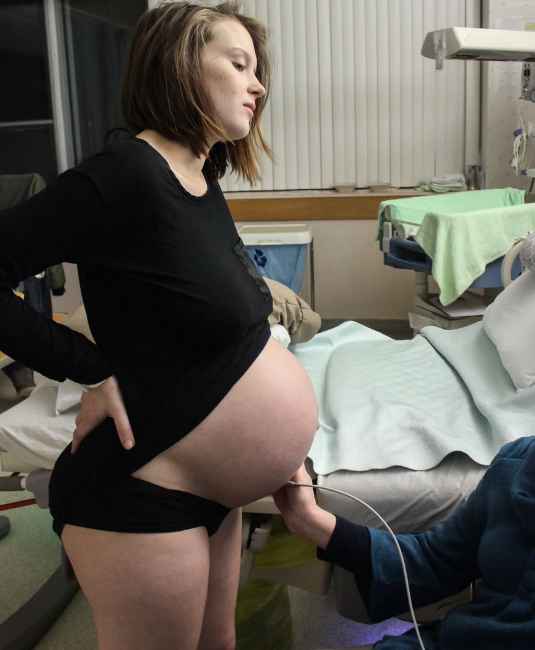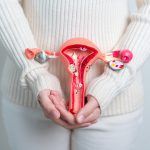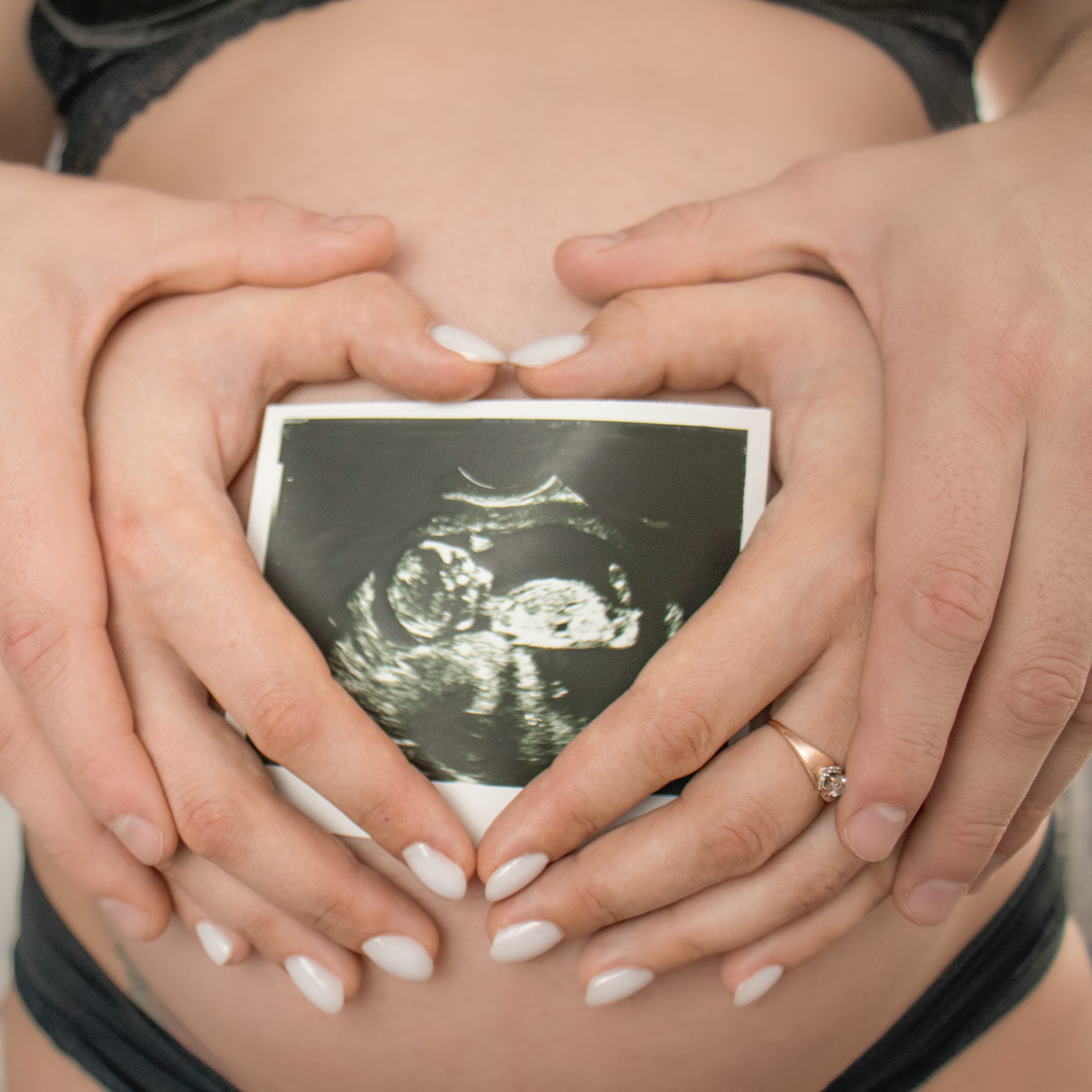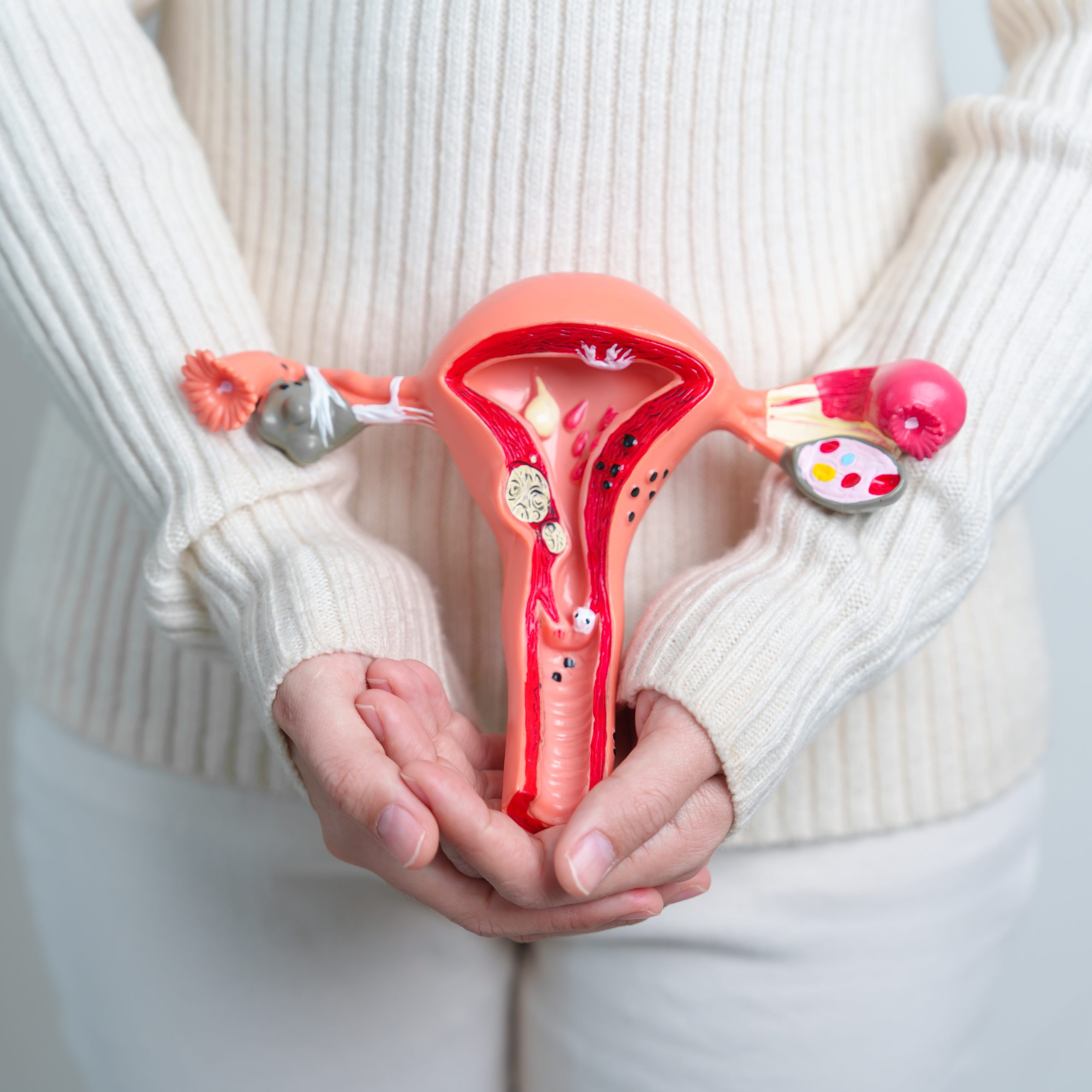Alternative body positions to promote labor progress.
“How can I speed up my labor?” Obstetric providers get this question every day. Unfortunately, we can’t answer this question until women are in active labor, and we can evaluate how labor is progressing.
One proven way to promote labor progress is to change positions frequently, as in every 20–30 minutes. Frequent position changes and movement during labor can help decrease pain perception, facilitate fetal descent into the pelvis, enhance the birth experience, and promote labor progress.
With all of these advantages, why are so many women laboring in one position for hours at a time? In a word, convenience.
Certain positions allow for continuous fetal heart monitoring making this convenient for nurses, and some women are more comfortable in one position after being in labor for several hours making it convenient for women.
Labor is hard work, but frequent position changes can make the difference between progress and prolonged labor. In addition to promoting movement during labor, intermittent auscultation is a great way to allow women to move frequently and unencumbered during contractions.
The American College of Obstetricians and Gynecologists (ACOG), the American College of Nurse-Midwives (ACNM), and the Association of Women’s Health, Obstetric, and Neonatal Nurses (AWHONN) all recommend intermittent fetal heart rate auscultation for low-risk women during labor.
Over 60% of women receive an epidural or spinal during labor, but frequent position changes are still necessary and possible after receiving an epidural.
Most hospitals require continuous fetal monitoring after epidural placement, though this should not interfere with frequent position changes.
Here are five labor positions to promote labor progress, with or without an epidural.

Heavily Meditated Life Istock by Getty
1.Walking or Upright Positions
With current practices to decrease exposure to the coronavirus and other viral illnesses, women cannot walk the halls in most hospital systems. However, women can walk, lunge, and stand in upright positions in their labor rooms.
Walking uses gravity to help the fetus to descend into the pelvis and rotate into position for delivery. Walking and lunging enhances the effectiveness of contractions and can decrease pain perception.
After an epidural, women can sit in an upright position with the bed’s foot lowered to allow the pelvis to open. Note, this position cannot be maintained for longer than 20–30 minutes as it may decrease the effectiveness of the epidural.

Blue Planet Studio Istock by Getty
2. Peanut Ball
Using the peanut ball during side-lying positions opens the pelvic outlet and encourages fetal descent/rotation within the pelvis. This body shift is especially helpful for babies that are in a persistent occiput posterior position.
Rotate from side-to-side while using the peanut ball to really promote labor progress. Women that receive an epidural should be encouraged to use a peanut ball or other positioning aid during side-lying positions for enhanced labor progress.

3. Squatting
Squatting can decrease pain during contractions, open up the pelvis, and allow the perineal muscles to relax. Squatting can be done on a birthing ball, sitting on the toilet, sitting on the bed, or with the help of a birthing partner.
Leaning forward while squatting enlarges the pelvic outlet and can promote fetal descent. After an epidural, women can sit upright with the bed’s foot slightly lowered and the legs positioned in a natural squatting position.

Prostock-Studio istock by Getty
4. Hands and Knees
The hands and knees position during labor can decrease back pain and can significantly increase the pelvic diameter. Women in the hands and knees or knee-chest position can move freely and adjust their weight for comfort.
This position is similar to squatting and allows birth partners to perform back massages, hip squeezes, and counter-pressure on the lower back. Leaning forward on hands or elbows will enable women to rest in between contractions, which can be ideal during the pushing stage.
The hands and knees position can be modified for women with an epidural, though most women will need help in rotating to this position and maintaining continuous fetal monitoring.
5. Asymmetrical Kneeling
While in hands and knees or in a forward kneeling position, bring one leg up. This movement is similar to using the peanut ball but in an upright position, optimizing contractions’ strength and opening the midplane pelvis.
This position uses gravity and pelvic rotation to enhance labor progression and fetal descent. Asymmetrical kneeling can be done after an epidural with a birth partner or nurse’s assistance to maintain safety.
These positions are safe and effective, though they may not be appropriate for every woman. Discuss labor position options through the shared decision making and be open to suggestions.
Remember, the most important position during labor is one of patience while trusting the process!
Thank you to BeingWell for publishing this article on Medium.
Blog Author: Jen Rockhold – Certified Nurse-Midwife
Main Blog Photo By: Astakhova Istock by Getty
Articles you may also enjoy…













